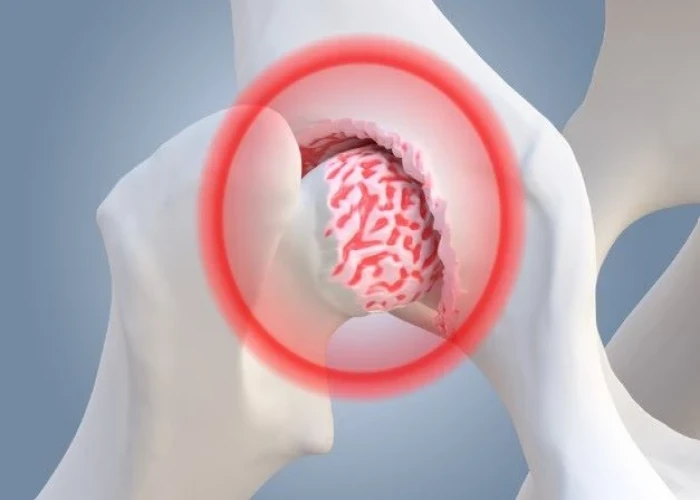 Welcome
Welcome
“May all be happy, may all be healed, may all be at peace and may no one ever suffer."
Osteoarthritis
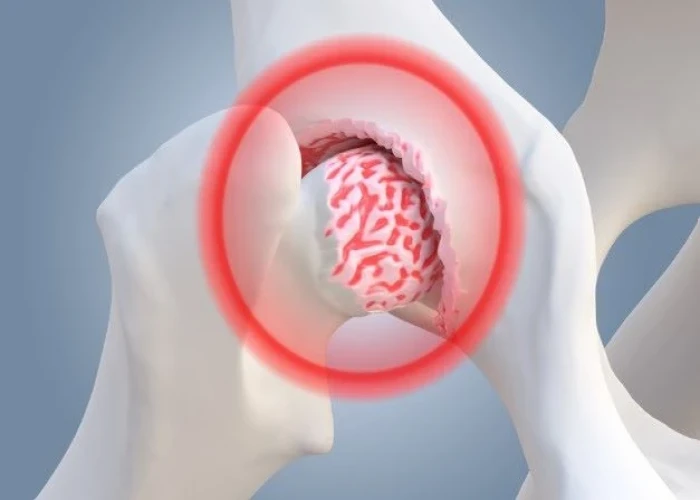
Osteoarthritis is a common form of arthritis that affects the joints, particularly weight-bearing joints such as the hips and knees, as well as the hands, spine, and feet. It is a degenerative joint disease that involves the breakdown and loss of cartilage, the tissue that cushions the joints and allows them to move smoothly.
The exact cause of osteoarthritis is not known, but it is thought to be a result of a combination of factors including aging, joint injury, and repetitive stress on the joints. Other factors that may contribute to the development of osteoarthritis include obesity, genetics, and bone or joint deformities.
Symptoms of osteoarthritis may include:
- Joint pain or stiffness, particularly after periods of inactivity or overuse
- Decreased range of motion or flexibility in the affected joint
- Swelling or tenderness in the affected joint
- A grating sensation or sound when moving the joint
- Bone spurs that may form around the affected joint
Diagnosis of osteoarthritis may involve a physical exam, imaging tests such as X-rays or MRI scans, and blood tests to rule out other causes of joint pain.
Treatment of osteoarthritis may involve a combination of medications to manage pain and inflammation, physical therapy to improve joint function and range of motion, weight loss to reduce stress on the affected joints, and assistive devices such as braces or crutches to support the affected joint. In some cases, surgery such as joint replacement may be recommended for severe cases of osteoarthritis.
Prevention of osteoarthritis may involve maintaining a healthy weight, avoiding joint injuries and repetitive stress on the joints, and participating in regular exercise to improve joint function and flexibility.
Research Papers
Disease Signs and Symptoms
- Bone pain
- Joint pain
- Swollen joint
- Joint stiffness
- Loss of flexibility
- Joint stiffness might be most noticeable upon awakening or after being inactive.
- The joint might feel tender when applying light pressure to or near it.
- The pain might be worse at night or when put pressure on the bones.
Disease Causes
Osteoarthritis
Osteoarthritis occurs when the cartilage that cushions the ends of bones in your joints gradually deteriorates. Cartilage is a firm, slippery tissue that enables nearly frictionless joint motion.
Eventually, if the cartilage wears down completely, bone will rub on bone.
Osteoarthritis has often been referred to as a wear and tear disease. But besides the breakdown of cartilage, osteoarthritis affects the entire joint. It causes changes in the bone and deterioration of the connective tissues that hold the joint together and attach muscle to bone. It also causes inflammation of the joint lining.
Disease Prevents
Disease Treatments
Osteoarthritis can't be reversed, but treatments can reduce pain and help you move better.
Medications
Medications that can help relieve osteoarthritis symptoms, primarily pain, include:
- Acetaminophen. Acetaminophen (Tylenol, others) has been shown to help some people with osteoarthritis who have mild to moderate pain. Taking more than the recommended dose of acetaminophen can cause liver damage.
- Nonsteroidal anti-inflammatory drugs (NSAIDs). Over-the-counter NSAIDs, such as ibuprofen (Advil, Motrin IB, others) and naproxen sodium (Aleve), taken at the recommended doses, typically relieve osteoarthritis pain. Stronger NSAIDs are available by prescription.
- NSAIDs can cause stomach upset, cardiovascular problems, bleeding problems, and liver and kidney damage. NSAIDs as gels, applied to the skin over the affected joint, have fewer side effects and may relieve pain just as well.
- Duloxetine (Cymbalta). Normally used as an antidepressant, this medication is also approved to treat chronic pain, including osteoarthritis pain.
Therapy
- Physical therapy. A physical therapist can show you exercises to strengthen the muscles around your joint, increase your flexibility and reduce pain. Regular gentle exercise that you do on your own, such as swimming or walking, can be equally effective.
- Occupational therapy. An occupational therapist can help you discover ways to do everyday tasks without putting extra stress on your already painful joint. For instance, a toothbrush with a large grip could make brushing your teeth easier if you have osteoarthritis in your hands. A bench in your shower could help relieve the pain of standing if you have knee osteoarthritis.
- Transcutaneous electrical nerve stimulation (TENS). This uses a low-voltage electrical current to relieve pain. It provides short-term relief for some people with knee and hip osteoarthritis.
Surgical and other procedures
If conservative treatments don't help, you might want to consider procedures such as:
- Cortisone injections. Injections of a corticosteroid into your joint might relieve pain for a few weeks. Your doctor numbs the area around your joint, then places a needle into the space within your joint and injects medication. The number of cortisone injections you can receive each year is generally limited to three or four, because the medication can worsen joint damage over time.
- Lubrication injections. Injections of hyaluronic acid might relieve pain by providing some cushioning in your knee, though some research suggests that these injections offer no more relief than a placebo. Hyaluronic acid is similar to a component normally found in your joint fluid.
- Realigning bones. If osteoarthritis has damaged one side of your knee more than the other, an osteotomy might be helpful. In a knee osteotomy, a surgeon cuts across the bone either above or below the knee, and then removes or adds a wedge of bone. This shifts your body weight away from the worn-out part of your knee.
- Joint replacement. In joint replacement surgery, your surgeon removes your damaged joint surfaces and replaces them with plastic and metal parts. Surgical risks include infections and blood clots. Artificial joints can wear out or come loose and might eventually need to be replaced.
Disease Diagnoses
Disease Allopathic Generics
Disease Ayurvedic Generics
Disease Homeopathic Generics
Disease yoga
Osteoarthritis and Learn More about Diseases
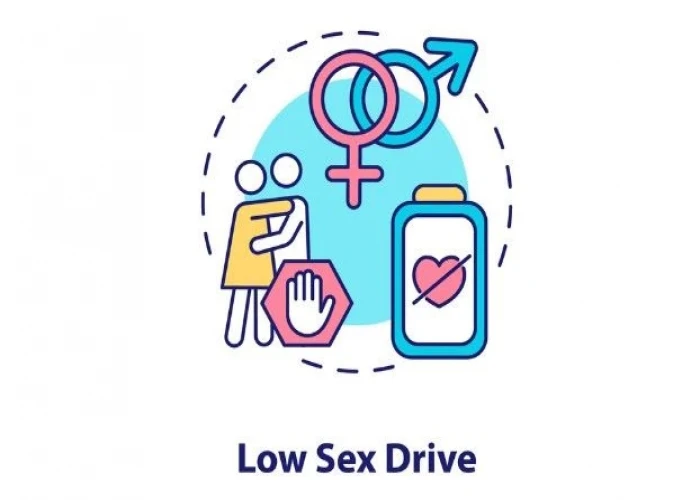
Low sex drive in women

Deep vein thrombosis (DVT)
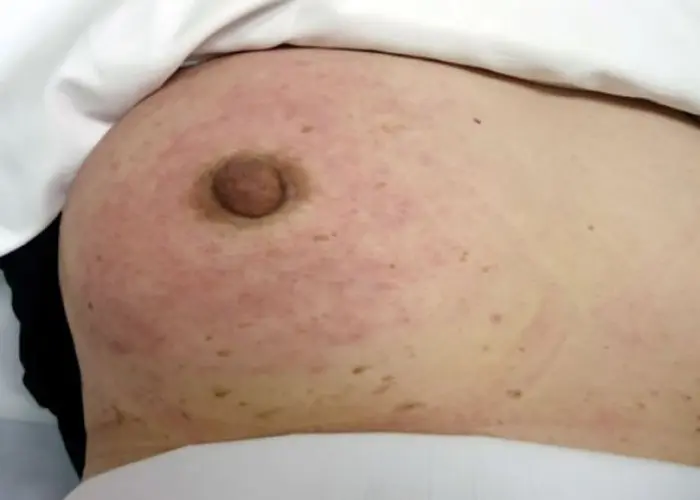
Breast cancer

High cholesterol

Throat cancer

Absence seizure
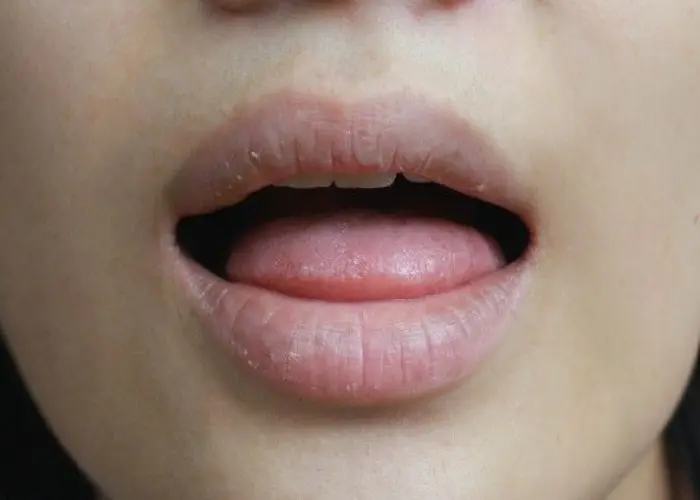
Dry mouth

Sinus headaches
osteoarthritis, অস্টিওআর্থারাইটিস
To be happy, beautiful, healthy, wealthy, hale and long-lived stay with DM3S.
